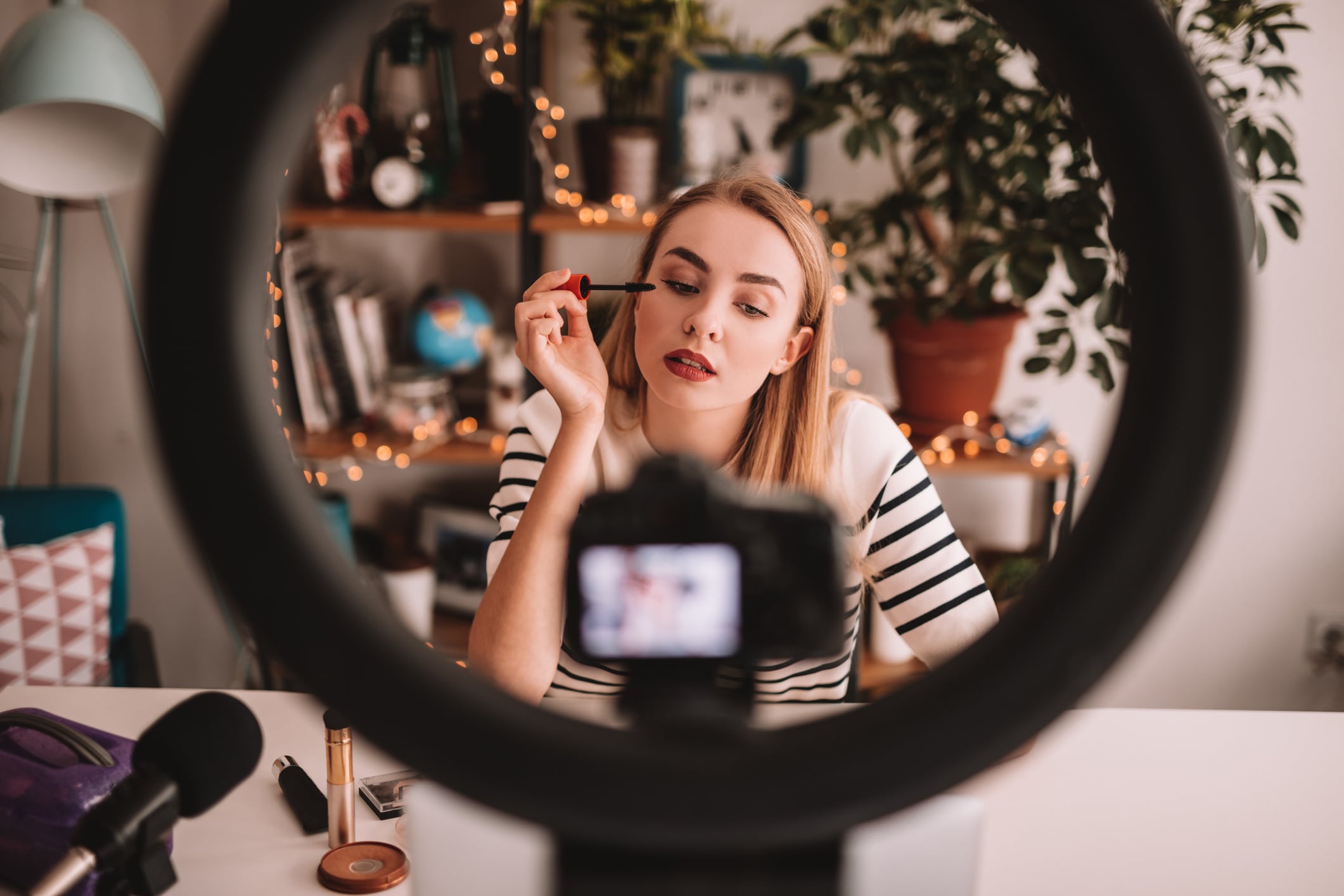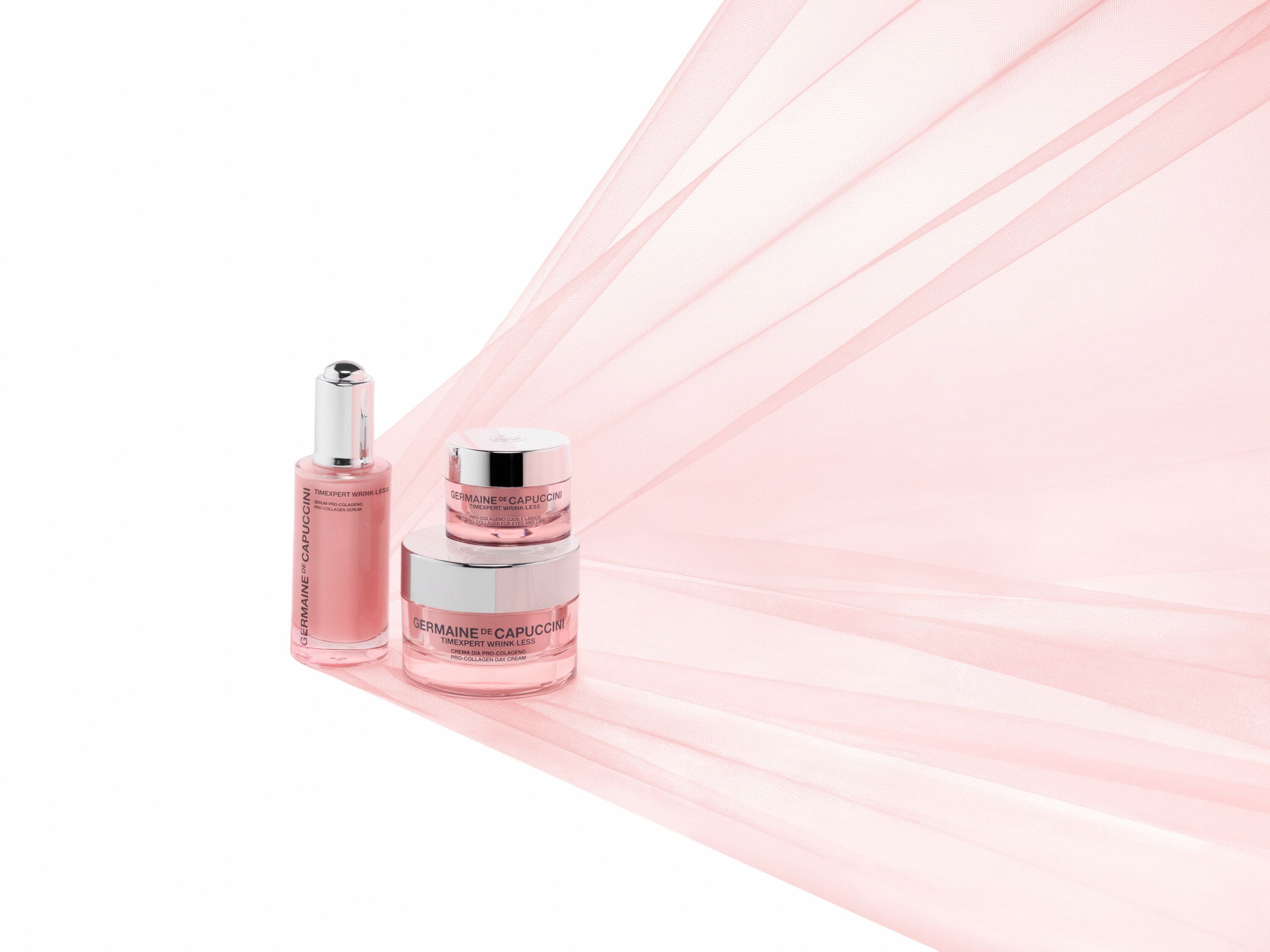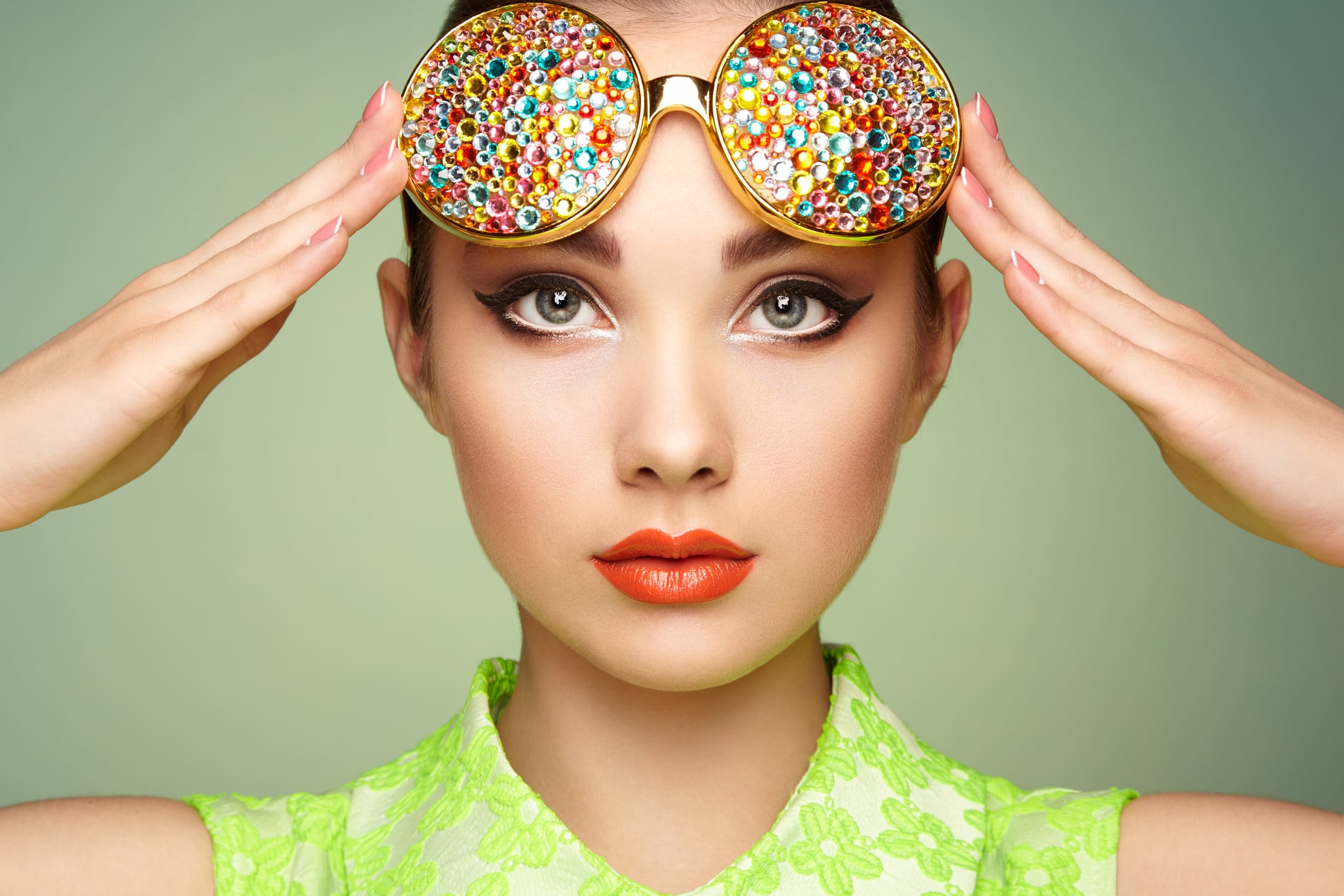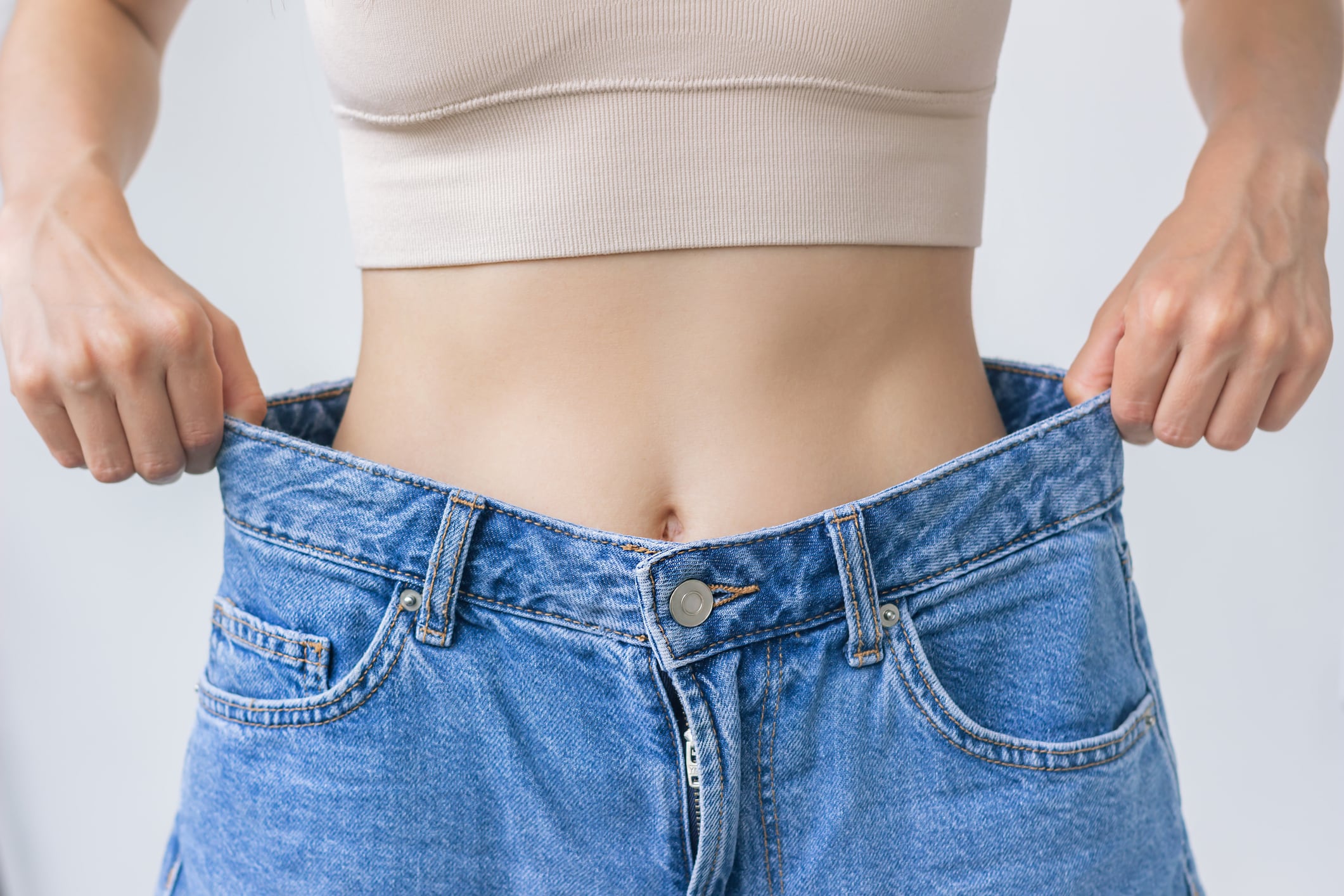For the report, the global media monitoring, analysis and intelligence company analysed the ‘media volume’ of beauty companies in the UK in February 2025, across around 10,211 editorial articles and around 27,310 social media posts, and compared the results to February 2024.
One of its key findings was that makeover content was increasingly relevant this year and that it made up nine percentage points more of overall content than it did in 2024. It even showed that brands that had created more makeover content had boosted their ranking as a result.
The report also highlighted that TikTok was the only media type that wasn’t currently experiencing falling volume. Instead it increased its share of coverage by seven percentage points up from 2024 – leaving it just three percentage points behind Instagram (at 34% of total coverage).
Maybelline & NYX are gaining significant growth
Digging deeper into brand popularity among consumers, account director for FMCG, luxury and beauty at Carma, Leonora Eckley, said there have been some interesting shifts, particularly regarding brand rankings and their use of different media platforms.
Eckley said that Maybelline New York and NYX Professional Makeup are both experiencing significant growth, with Maybelline seeing the most impressive jump, rising 16 places from 20th to 4th.
“This was primarily driven by its strong focus on social media, especially around the launch of the Super Stay Teddy Tint; the product accounted for 19% of the brand’s coverage in 2025, showing how strategically leveraging platforms like Instagram and TikTok can boost visibility,” she shared.
She said NYX also had a notable rise, moving from 22nd to 9th. “Similarly, the brand’s focus on social media content was key to this growth, highlighting the growing power of platforms in driving engagement and brand awareness,” she said.
Meanwhile, L’Oréal Paris and Charlotte Tilbury maintained their top positions.
“L’Oréal Paris’ strong performance was largely attributed to its increase in social media coverage, particularly on TikTok, where its makeover content performed particularly well,” Eckley continued.
“Fenty Beauty by Rihanna and Rare Beauty also saw growth, driven by social media coverage of related new product releases such as Rihanna’s expected album launch and Rare Beauty’s Soft Pinch Liquid Contour,” she said.
Both brands are owned by celebrities, which Eckley said has clearly helped boost their popularity. She also said that Rare Beauty had benefited from strong product placement across TikTok and Instagram.
“Both examples highlight the importance of influencer and product-focused content,” she shared.
What is driving more PR & social coverage for brands?
Looking at the 2025 data, Eckley said there are certainly key trends emerging among the coverage that could be useful for beauty brands to know about.
“For example, content about Supplements reduced by 13%, while Makeover content was actually 9% higher than the previous year,” she said.
The top brand for media coverage, L’Oreal Paris, saw coverage success by using makeovers in its content.
Eckley said that L’Oreal Paris’ TikTok content (which saw a 41% increase) was driven by makeover videos, which accounted for 19% more of its posts than in 2024.
Social media “not the only platform that can move the dial”
Eckley said that the value of coverage across each platform varies based on the specific demographic that they’re aiming to reach, but that social media plays a crucial role, specifically for beauty brands targeting younger consumers.
“TikTok coverage (and to some extent Instagram) will be the obvious avenues for driving coverage,” she said. “However, this won’t be the case for all brands.”
She cites Jo Malone as an example that bucks the trend, as it retained its spot as the number one fragrance brand despite a 42% drop in overall media/social coverage this year.
“Brands such as Jo Malone demonstrate that social media is not the only platform that can move the dial, highlighting the importance of brands focusing on the platforms which are most relevant to their target audiences,” Eckley said.
The fragrance brands to watch
For Eckley, one of the most surprising findings was the number of beauty brands that have suddenly made a huge leap upwards in popularity.
In the Fragrance category, for example, she noted that Le Labo jumped to number #6 in 2025 (compared to #16 in 2024), Giorgio Amani jumped to #7 (from #15 the previous year), Kilian Paris jumped to #9 (up from #20 in 2024), and Creed jumped to #10 (up from #18 last year).
Eckley shared her thoughts on how they managed to gain this rapid growth in popularity and coverage.
“For Le Labo and Giorgio Armani, social content grew exponentially, at 143% and 72% respectively,” she explained. “This was largely driven by Feature and Product Placement content.”
Similarly, the fragrance brand Kayali saw huge coverage growth, moving from #10 in 2024, to #2 this year.
“Kayali achieved higher growth than any other beauty brand, with particularly successful Makeover content on TikTok and Instagram due to its Lovefest Burning Cherry 48 All Over Body Spray,” she shared.
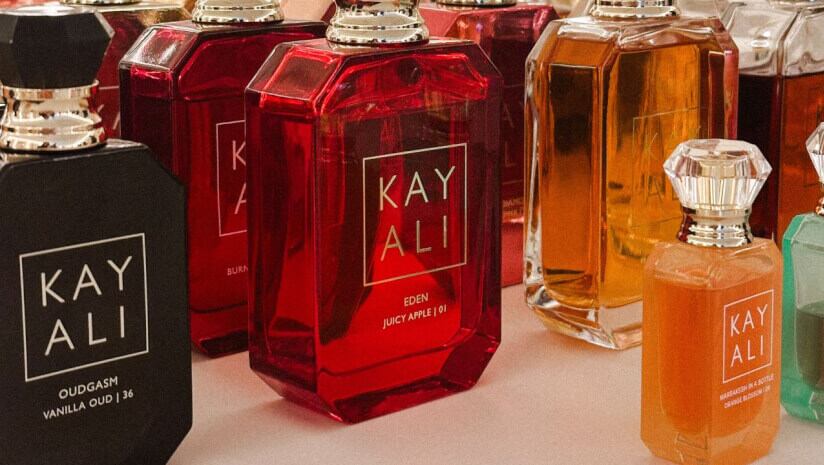
“Brands making drastic changes to strategies”
Meanwhile for the Skin care category, Eckley said there was a big drop in editorial review-style content, which was instead being replaced with influencer-led Makeover content, which saw a 26% increase in the past year.
“Overall, we’re seeing brands making quite drastic changes to their social media, online and print strategies in order to drive growing amounts of coverage,” Eckley concluded.
“While there’s no one-size-fits-all approach, social media is playing an increasingly crucial role for many beauty brands, and we’re likely to see this trajectory moving forward.”


